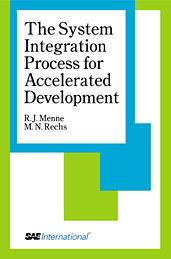Technical Paper
Future of Combustion Engines
2006-10-16
2006-21-0024
Increasing shortages of energy resources as well as emission legislation is increasing the pressure to develop more efficient, environmentally friendly propulsion systems for vehicles. Due to its more than 125 years of history with permanent improvements, the internal combustion engine (ICE) has reached a very high development status in terms of efficiency and emissions, but also drivability, handling and comfort. Therefore, the IC engine will be the dominant propulsion system for future generations. This paper gives a survey on the present technical status and future prospects of internal combustion engines, both CI and SI engines, also including alternative fuels. In addition a brief overview of the potential of currently intensely discussed hybrid concepts is given.

